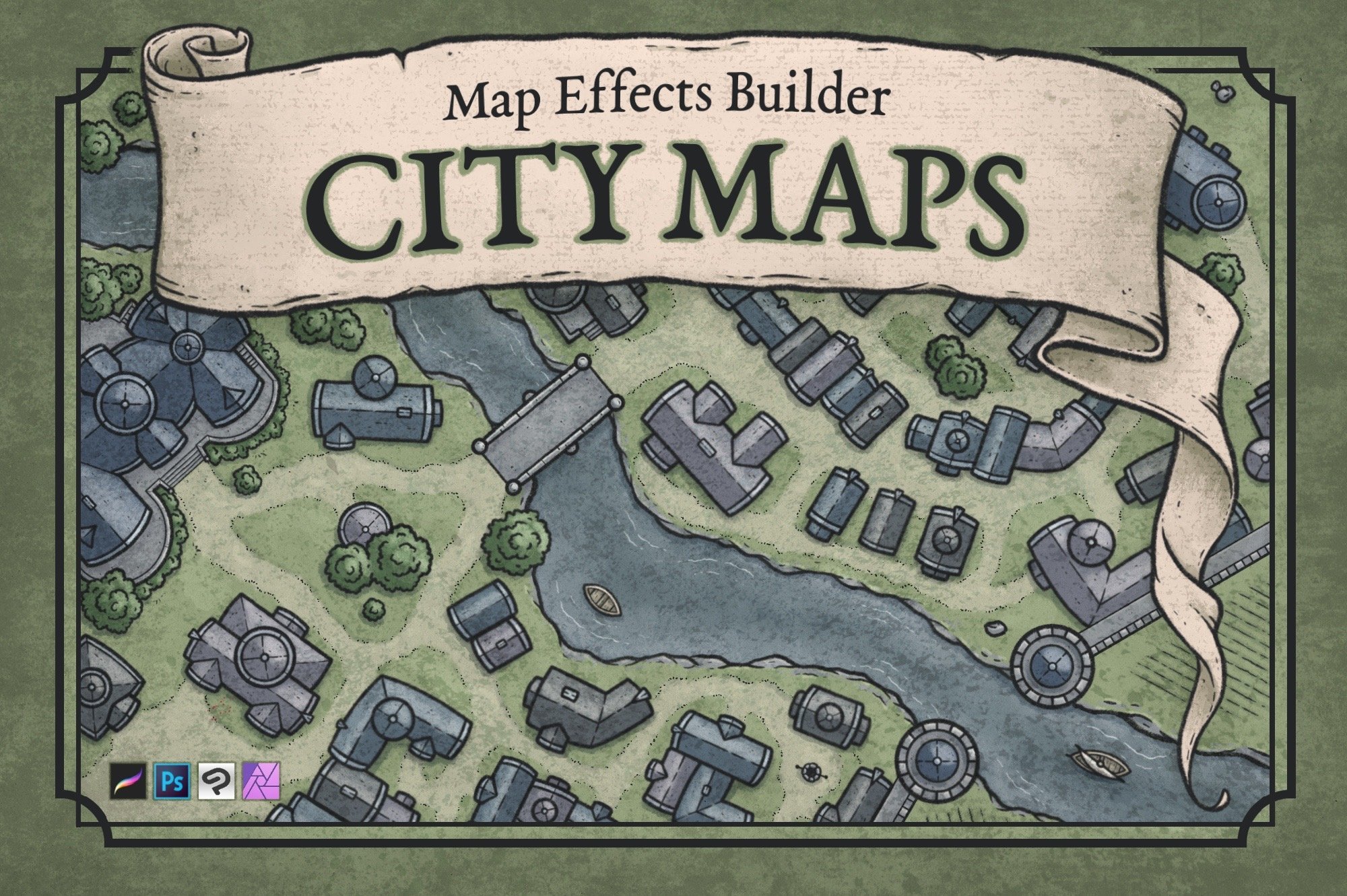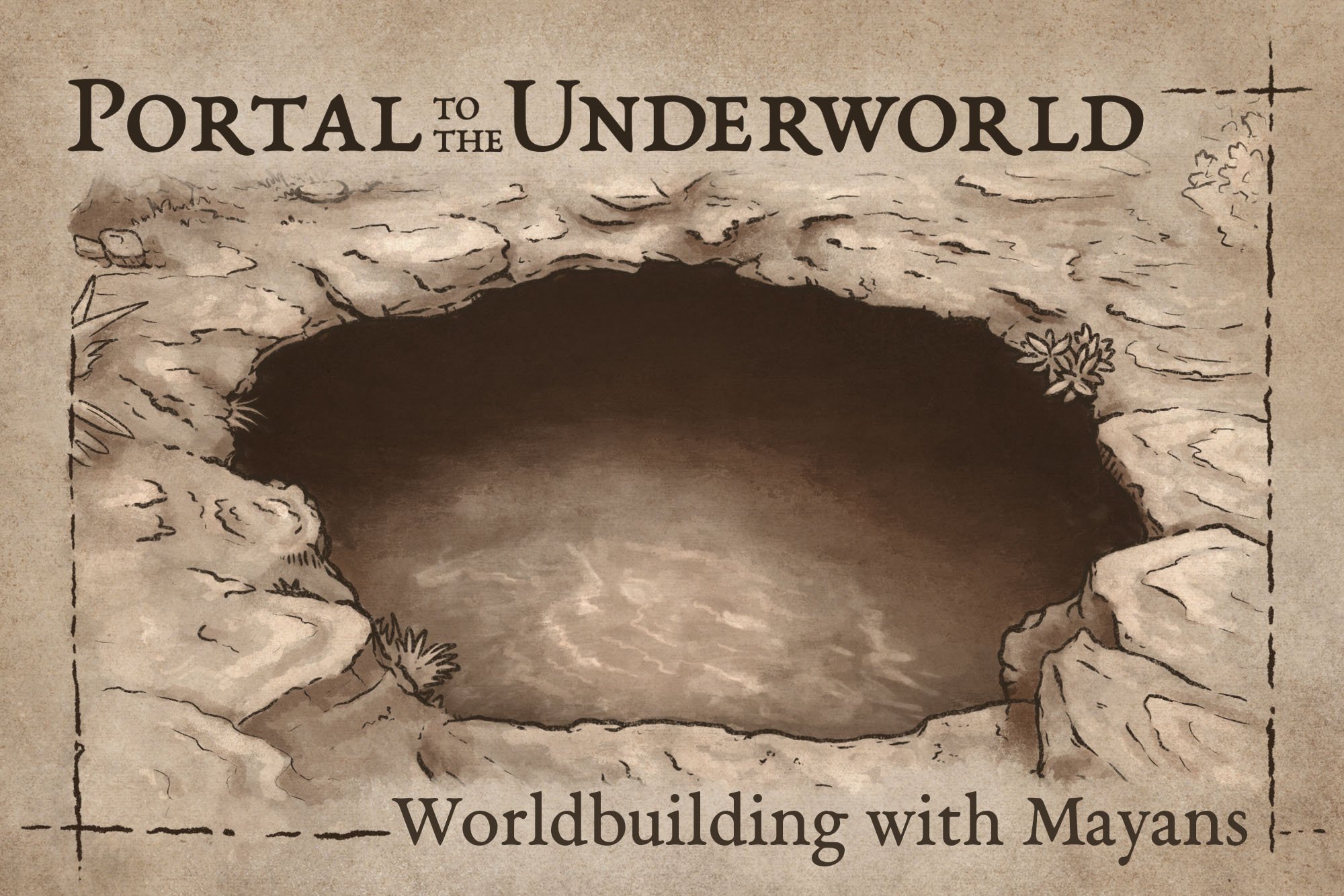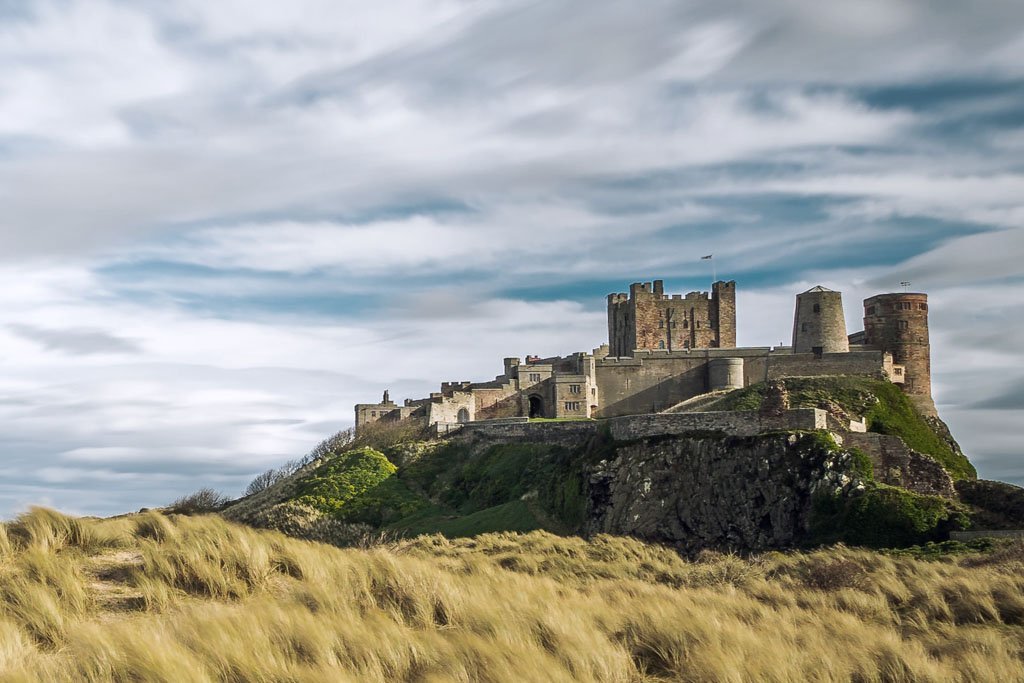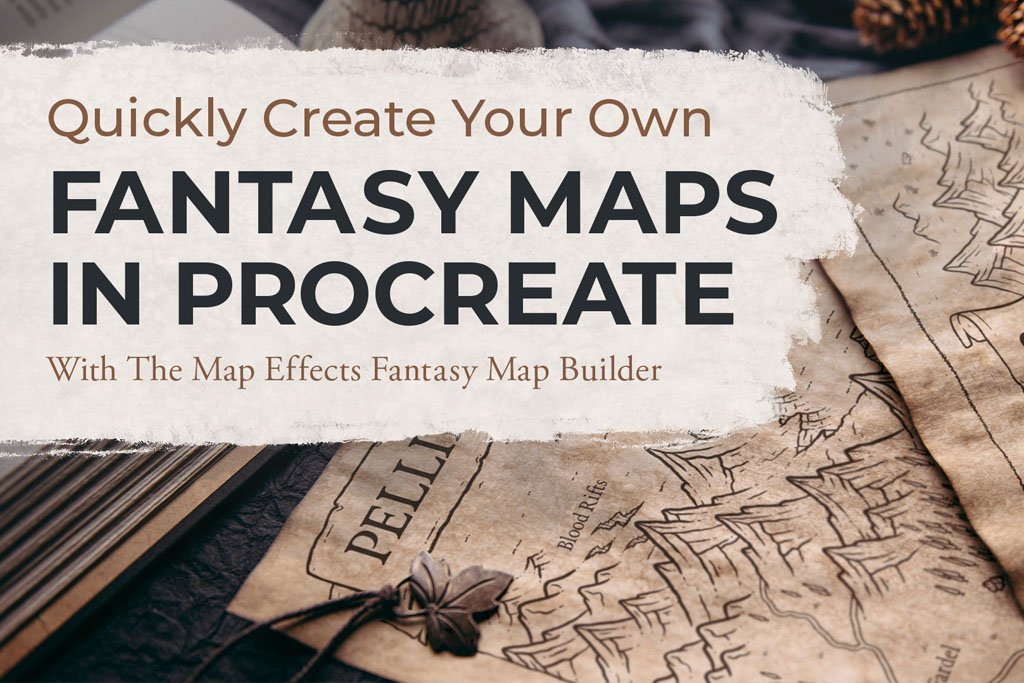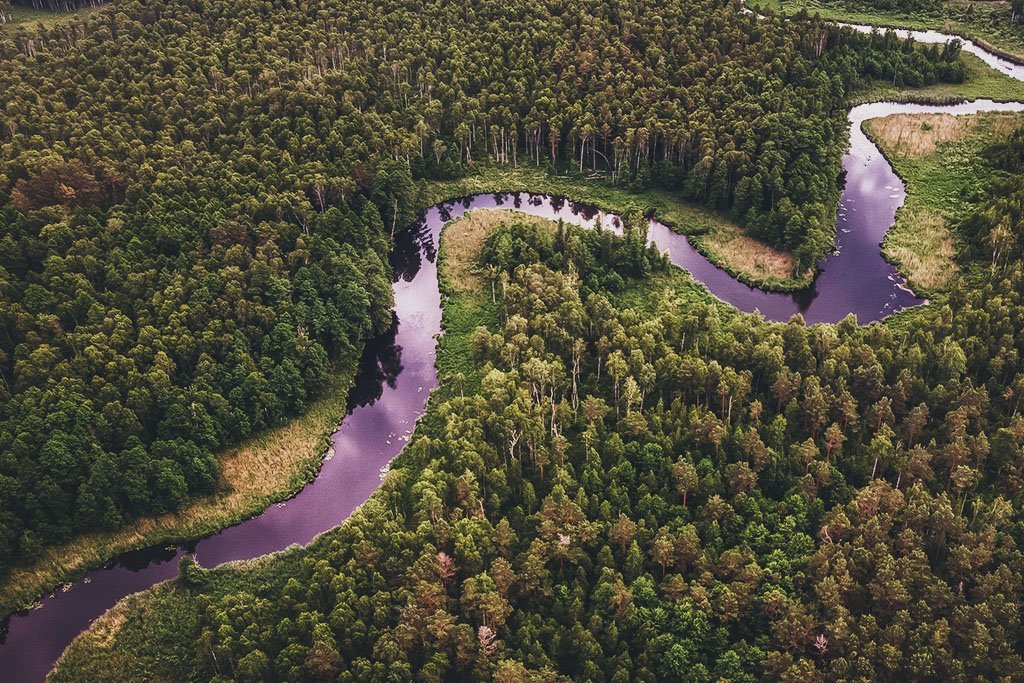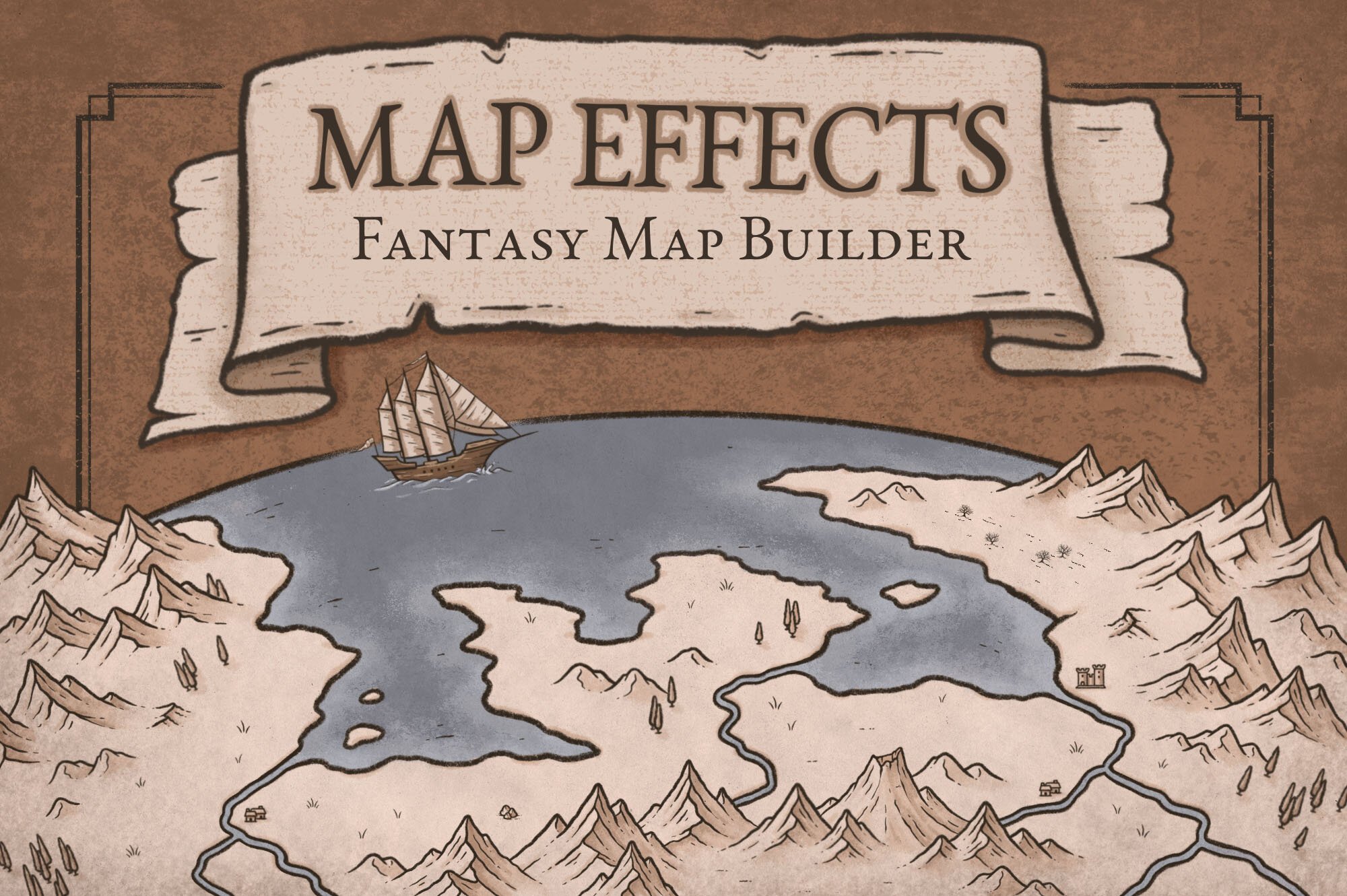Does Your City Need Walls?
When you’re creating a map for a city or town, one thing you’ll need to decide is whether your settlement should have walls or not. Answering this depends a lot on where the city is built, the available resources to build a wall and the cultural climate of the times. Not every city needs a wall, especially if the city is not immediately under threat or is centrally located within a larger kingdom.
But when people live somewhere that demands constant protection from an invading force, it becomes much more likely that the residents will be motivated to take action to keep their families and possessions safe. Walls have been a staple throughout history because they add a very effective layer of defense. Just beware of orcs with explosives!
As I said before though, not every settlement absolutely needs walls. So before you begin drawing out a map, what should you take into consideration to decide if yours does? Here are a few questions to think through for your city.
A Few Quick Questions to Consider
- How large is the settlement?
If it's less than 7,000 people it is less likely to have a wall. There needs to be enough labor available to construct the fortification. The exception to this could be a wooden palisade.
- Is the settlement in danger of attack?
Do the people who live in your settlement feel their lives are threatened? Or are they more protected because their residence is centrally located in the kingdom?
- What resources are readily available?
Can stone be sourced locally? What about wood or mud brick? If the resources to build a wall are not readily available then it is increasingly unlikely to find one there.
- Is the entire city fortified or just a keep?
Rather than a wall being around the entire town, you could have a fortified castle or keep where people can fall back on in case of attack.
What to Use to Build a Wall?
Walls have been a feature of cities and fortresses throughout human history because even though they are time-consuming to construct they are an effective layer of defense. But when you examine history for examples of how the walls were built, you’ll begin to see variations in the building materials, depending on the climate and availability of resources. Here are several you can consider!
Stone
Stone is perhaps the most likely material we think of when it comes to constructing a city wall. Part of the reason for this is the durability, which is why there are countless examples of stone fortifications still standing today after centuries. What we usually don’t realize is there were likely far more fortifications built from wood during the medieval period, but they decayed and were lost to time. This can give the false impression that all of the castles were simply made of stone because that’s all we see today.
Stone was used though throughout the world for its strength, which in itself offers a level of protection simply through intimidation. However, constructing a stone wall requires a great deal of resources that need to be locally available, not to mention skilled masons who understand the construction techniques of the day. Stone fortifications are also very susceptible to earthquakes…which may also cause you to choose another option. More on that in a moment!
Mud Brick
Another option I would argue that we in the fantasy community seem to overlook is mud brick. The ancient Egyptians, the Hittites, and cities in the Levant frequently employed mud brick to build some of the most impressive fortifications of the ancient world. They're cheaper and easier to produce than stone walls, but still provide a sturdy defense against intruders as it’s resistant to fire. As long as you have access to mud and straw (which acts as a binding agent), then you can quickly produce bricks in a fraction of the time it would take if you were using stone.
This is why the use of mud brick has been common throughout the world, even down to this day. In areas that are devoid of an abundance of trees, your best option is likely to look to the ground beneath you!
Wood
Matsumoto Castle, Japan
One option that was very common in the medieval period was to use wood. While wood is a far less effective form of protection, especially against fire, it takes a lot less labor, or expert knowledge required to build a simple fortification. If your settlement is located in or around an abundant forest, it only makes sense to consider using wood for your defenses. Just watch out for termites!
An interesting example of wood being utilized in something more advanced than a palisade was in Japan. There are many examples of castles you can still see today, which have an iconic sloping stone base with a wood fortification on top. The advantage of the interlocking wood construction utilized by the Japanese relates to the problem of earthquakes. As this area of the world is much more susceptible to earthquakes, wood construction is an effective solution to this problem. But what about fire you may ask? Well, there is an interesting solution to that problem as well in the use of plaster or lacquer.
You may have caught however that I mentioned Japanese castles have a stone base…so how is that able to hold up to earthquakes? It has to do with a few things including the sloping shape and the fact that no mortar was used to bind the stones together. None of the stones are uniform and they must be all carefully fit together with nothing to hold them in place beside gravity. The advantage to this though is it allows for enough flex in the foundation to make them resistant to earthquakes.
Magic
Since we’re talking about a fantasy setting, another viable option you cannot overlook is walls constructed by a form of magic. This could be a visible or invisible barrier depending on your needs. A good example of an invisible wall that you may not immediately think about is incorporated into the setting of Hogwarts in Harry Potter. J.K. Rowling made it so there was an invisible barrier that hid the castle from the prying eyes of the muggles, but it also prevented wizards from being able to apparate on or off the grounds. Both of these elements played well into the plot and it was something that became an intriguing part of the worldbuilding.
You can also create a magical wall that acts as a physical barrier. One thing to consider though is if there is some type of cost to the wall beyond a wizard saying, “Instant Wall!”. If a magic user then simply creates a wall at the snap of his fingers, your readers or players may find that a bit flat. But, if the wizard has to pull from the life force of all the plants within a 10-mile radius to instantly construct a wall…you then have to weigh if it’s worth it to destroy the surrounding landscape to protect a city. My point is not what the cost is, but just to get you to consider how you can build those types of things into a magic wall to add depth to your world-building.
The City Map Builder
$34 | For Procreate, Photoshop, Clip Studio Paint, & Affinity
Quickly create hand-drawn city & village maps for your next role-playing campaign or novel with a few clicks and a bit of imagination. Best of all, you don’t need to invest hundreds of hours learning to draw!
In the end, if your city should have walls or not is ultimately up to you. But, I would encourage you to think through some of the questions above and consider what building materials would make more sense in your setting. While the story you’re writing may be a fantasy, it’s little details that reflect our own experience with reality that add up to creating a more believable world.
Since the release of The City Map Builder, it's been great to see a lot more questions about cities and towns coming in. If you have a question yourself don’t hesitate to EMAIL ME and I’ll do my best to answer your questions!
Happy Mapping!
- Josh






